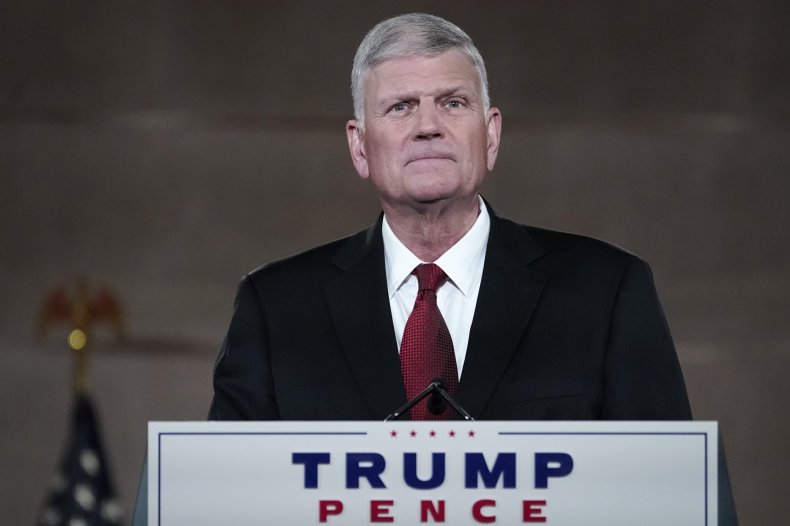USA Today
Who are you calling a socialist? Republicans are the real party of socialism in America
With Senate control on the line in two Georgia runoff elections next month, Republicans are claiming that President-elect Joe Biden and the Democrats are “socialists.” That’s their shorthand for government interference in the economy, corruption, failure to enforce the law, incompetence, and subsidizing people who should support themselves.
Let me suggest four areas where the incoming Biden administration, allied with serious conservatives, can fight “socialism” while upholding progressive values.
► Eliminate farm subsidies and farm support programs (which will cost $46 billion this year — up from $22 billion last year — and will account for about 40% of this year’s farm income) that interfere with agricultural markets. As Chris Edwards at the Cato Institute noted: “Agriculture is no riskier than other industries and does not need an array of federal subsidies.” Also from the Cato Institute: “About 97% of all farm households are wealthier than the median U.S. household. Farm income was 52% higher than median U.S. household income.”
I know of no progressive organization that supports these farm subsidy programs. However, America’s farmers are different from other Americans. They are 95% white and do one thing the majority of Americans refuse to do: Farmers overwhelmingly vote Republican (President Donald Trump may have gotten as much as 85% of the farm vote this year).
Tax subsidies that make no sense
► Eliminate the money-losing “socialist” National Flood Insurance Program. From the point of view of progressives (who believe climate change is a real and pressing concern), NFIP makes no sense. It encourages living in flood-prone areas (where progressives believe flooding will get worse due to climate change) by offering subsidized federal flood insurance. As the General Accounting Office noted: “NFIP premiums do not reflect the full risk of loss, which increases the Federal fiscal exposure created by the program, obscures that exposure from Congress and taxpayers …”
In 2017, Congress wrote off $16 billion in losses from this program. But by March 2020, it had already accumulated another $20 billion in losses. About 60% of NFIP policies were issued in Florida, Louisiana, and Texas, which all voted for Trump this year.

► Invest $10 billion per year to fund IRS tax enforcement, targeted at the very wealthy — those making over $1 million a year. According to a recent estimate by former Treasury Secretary Lawrence Summers, University of Pennsylvania law professor Natasha Sarin and former IRS Commissioner Charles O. Rossotti, this investment would yield about $100 billion a year in extra Federal tax revenues.
If you’re a conservative who thinks defunding police enforcement is a bad idea, you should think the same about the recent defunding of IRS tax enforcement (by cutting the IRS budget). The IRS budget shrank 20% in real terms from 2010 to 2019, while in the same period the U.S. economy grew about 25%. The result is that the number of audits of Americans making over $1 million per year declined by about 75%. At the same time, the IRS was pressured to focus its scarce resources on auditing low income Americans. Notably, the main driver of this IRS defunding is the GOP.
► Make states routinely subsidized by the rest of the country get their act together. Most American states are roughly in balance between what their residents pay into the federal government and what they receive back. A few states (mainly Democratic) are “maker” states (among them Connecticut, Massachusetts, New Jersey and New York) that pay vastly more to the federal government than they receive.
‘Taker’ states do bad job for citizens
Then there are states that get back a lot more than their residents pay in taxes. These “taker” states are mainly low-income states in the southeast, most of them dominated by Republicans. Given our progressive tax system and safety net, federal money tends to automatically flow to these states.
If you’re a conservative, transferring money from “makers” to “takers” is generally frowned on. If you’re a progressive, it makes sense to ask some hard questions about what’s going on with these “taker” states. Because, despite all the money these states receive, they don’t do a good job for their citizens.
Mississippi illustrates just how bad this situation is. Annually, Mississippi receives $19 billion more from the federal government than it pays into the system. Despite this support, Mississippi has the highest homicide rate, highest infant mortality rates and lowest median household income of any American state.
No socialist nightmare: Georgia, if you’re listening, ignore conservatives peddling socialist Senate hallucinations
It’s time the leaders in these poorly run states make changes to improve the lives of their citizens — hopefully while reducing their hefty dole from the rest of the country. If they are unwilling to reform, maybe federal money and programs should be cut off.
Some of what I’m proposing will require legislation, and the devil’s in the details. But if you’re an ideological conservative, you should be willing to work with the Biden administration to implement some or all of these proposals.
If you’re a hypocritical member of the GOP (that is, you want to keep using federal tax dollars to buy the farm vote for Republican candidates), and-or a Trumpist, you probably loathe everything I’ve proposed. But it’s time for the incoming Biden administration to pull back the curtain on which is the true party of socialism in America.
Steven Strauss is a lecturer and visiting professor at the Princeton School of Public and International Affairs and a member of USA TODAY’s Board of Contributors.















